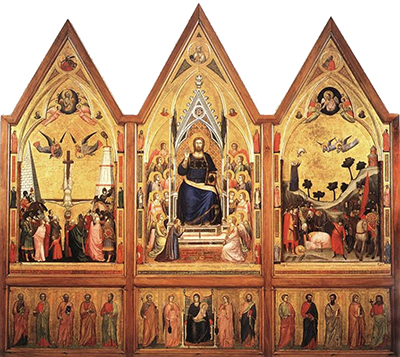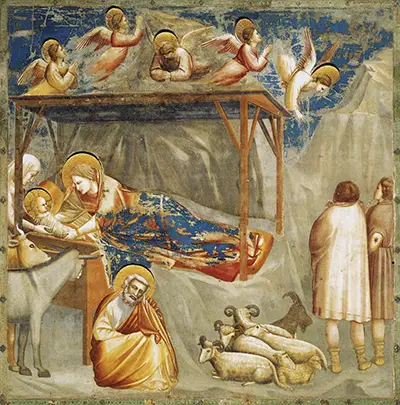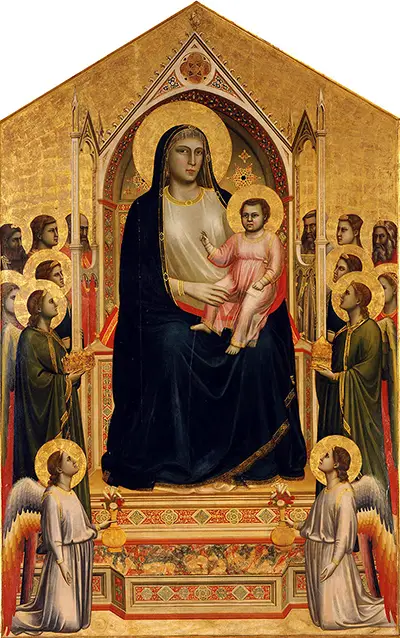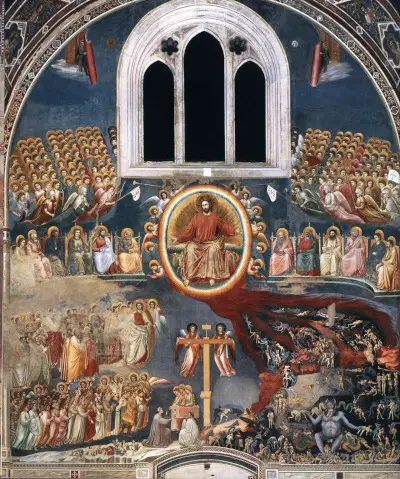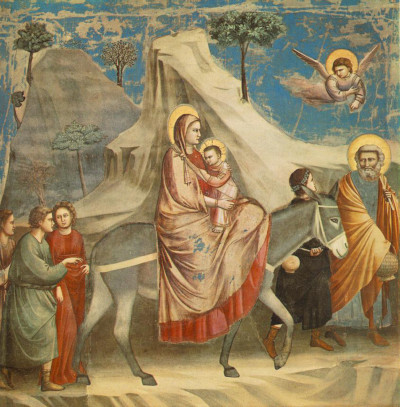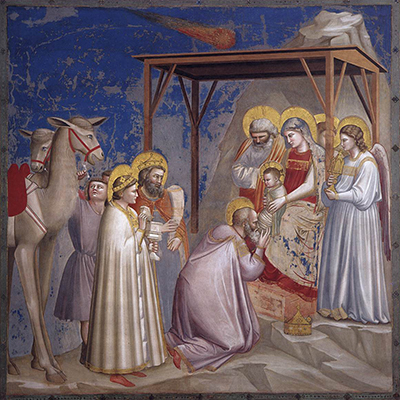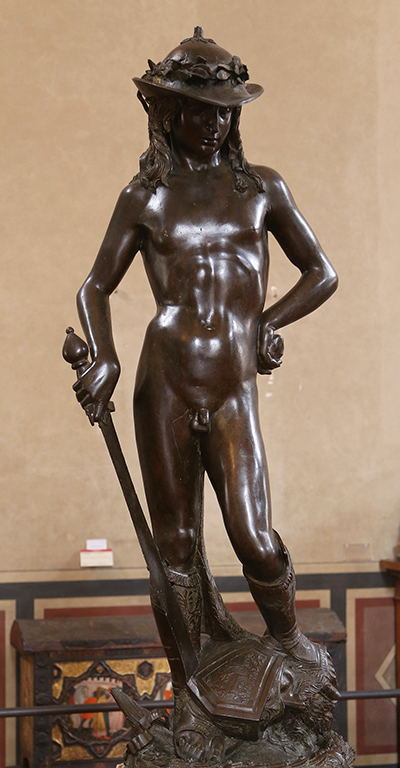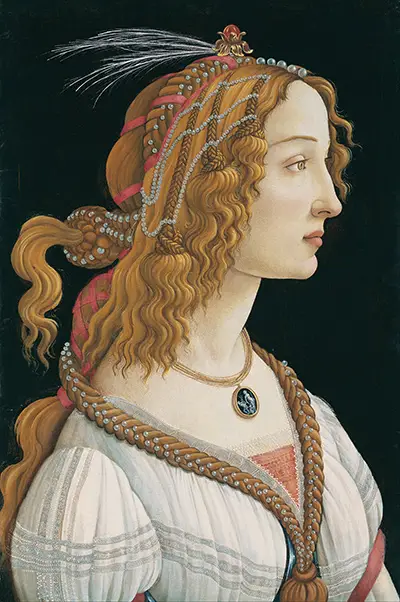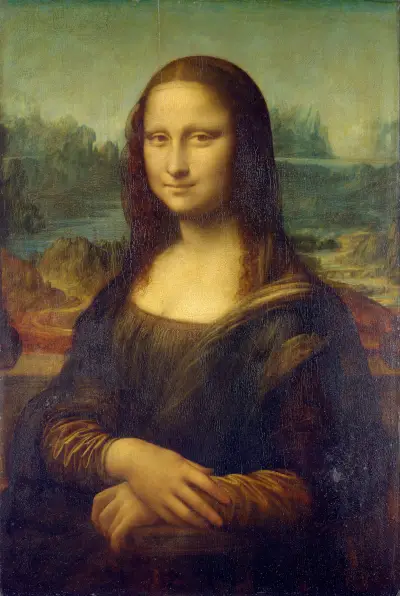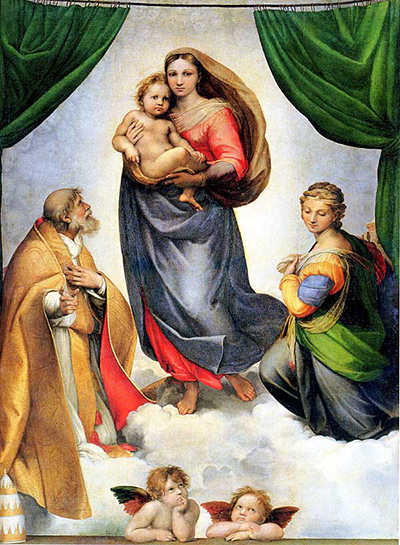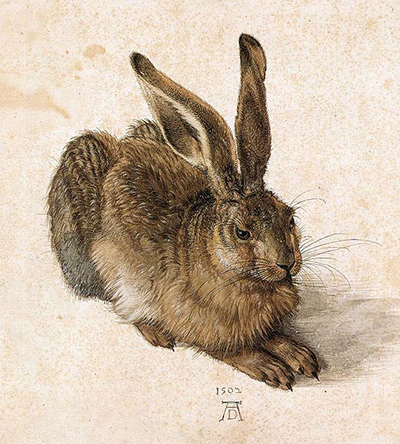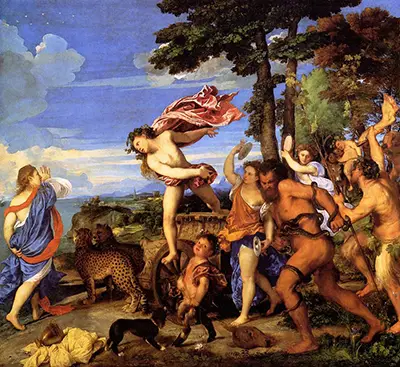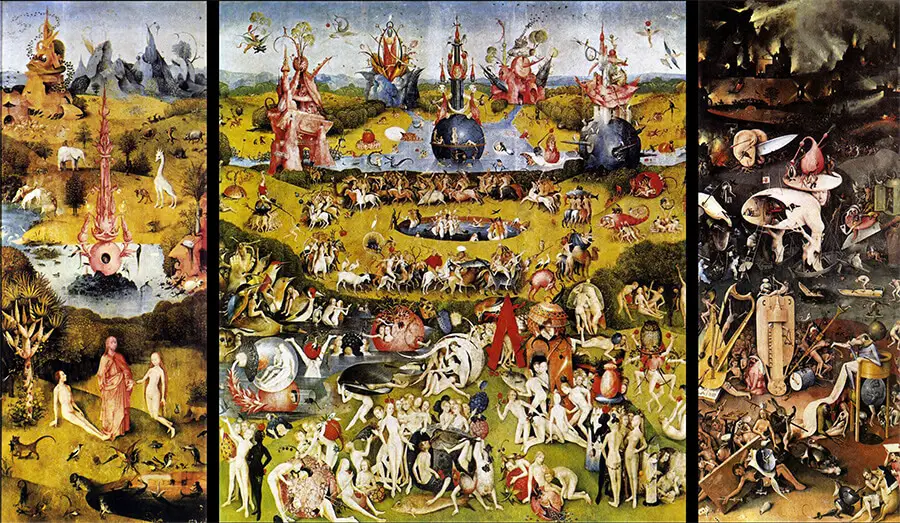The Florence Cathedral, also known as Il Duomo, remains one of the most famous items of European architecture and Giotto played an important role in its inception.
Constantly Evolving over Centuries
This grand building has received alterations frequently, ever since it was first constructed. As tastes and fashions have changed, so the interior has been reconfigured. Giotto came in at an early stage, and would influence its artistic direction, even after his death.
Naturally there has also been a considerable amount of restoration work over the centuries in order to enable this building to remain one of the most visited tourist attractions in all of Tuscany. The exterior walls are decorated in the same way as the neightbouring Battistero di San Giovanni and Giotto's Bell Tower, with bands of marble in different colours.
Consistent Palette of White, Red and Green
The colours used were made up of Carrara (white), Prato (green), Siena (red) and Lavenza. Giotto was behind the earlier choices in his campanile and has also been attributed with the original design for the exterior of the cathedral itself. Giotto took advantage of the smaller project, completing it relatively quickly and without interference. His innovations could then be spread across into the main cathedral, which had fallen behind in its construction.
Giotto's Work on the External Facade
Arnolfo di Cambio initially put together the designs for the cathedral, in the late 13th century. His death led to Giotto taking on artistic direction, and he worked to incorporate some of his own architectural ideas, whilst also remaining faithful to the original plans which had already been signed off some decades earlier. It was unfortunate that many projects such as this would call upon the most experienced architects who would not live long enough to see their work realised.
Shortly after his death, a new team of architects was brought together and they adapted the earlier work of Giotto and di Cambio, with work commencing almost immediately. Giotto himself was only involved for a short period, but his achievments with the Campanile would influence much of the overall project, partly because it was completed earlier and the remaining work would need to match its stylistic choices.
It is hard to precisely discern Giotto's role outside of the Campanile, because of the number of different architects who were involved at different points. The amount of time that has passed since then, with records lost, has also made it tricky to attribute individual elements of the facade to Giotto, or others, but we can be confident in di Cambio's role as the initial contributor.
Florence Cathedral as a Resting Place
Giotto himself would later be laid to rest at this prestigious location and now lays alongside several other notable names who were afforded the same honour, namely:
- Zenobius of Florence
- Conrad II of Italy
- Giovanni Benelli
- Filippo Brunelleschi
- Pope Nicholas II
- Pope Stephen IX
- John Hawkwood
Commemorative Sculptures Celebrating the Influence of Giotto
Furthermore, again strengthening Giotto's connection to this building and the neighbouring campanile are the busts of him which were completed by Benedetto da Maiano and remain on display in the cathedral itself. Many of these architectural projects would last decades, if not centuries, and so sculptures to remember different generations of contributors are common and help to remind us all of the amount of work and time that has gone into constructing some of these classic buildings.
Art History Video about Renaissance Art
History of the Cathedral
There had been religious buildings on the site since around the 4th century, and Il Duomo was actually planned to replace the existing structures which fallen into disrepair. After years of planning and construction, the overall cathedral was completed in 1436, many years after Giotto's own contributions. Various elements were completed in phases, and so most of the building was already finished by the point at which the dome was moved into position.
The internal decorations still required work, even after all this time, and later in the 15th century we would find new commissions to finish this off. The finest sculptors and painters would compete to fill this stunning building with art of a suitably high standard. For that point onwards, the focus would switch to preservation and restoration, just as remains very much the case today.
Location of the Florence Cathedral
The cathedral, as one would expect, is located in a busy, central part of the city of Florence. The entire site has been designated a UNESCO protected area, just as Scrovegni Chapel in Padua has too (which features work by Giotto). Both items remain key tourist spots, with Il Duomo being known as one of the finest examples of Italian architecture. Giotto also left a considerable mark in Assisi too, with his work covering the life of Saint Francis in a series of frescoes.
More Renaissance Artists



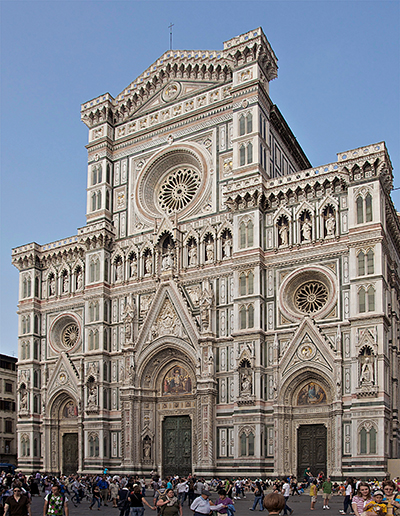
 Giotto.jpg)
 Giotto.jpg)
